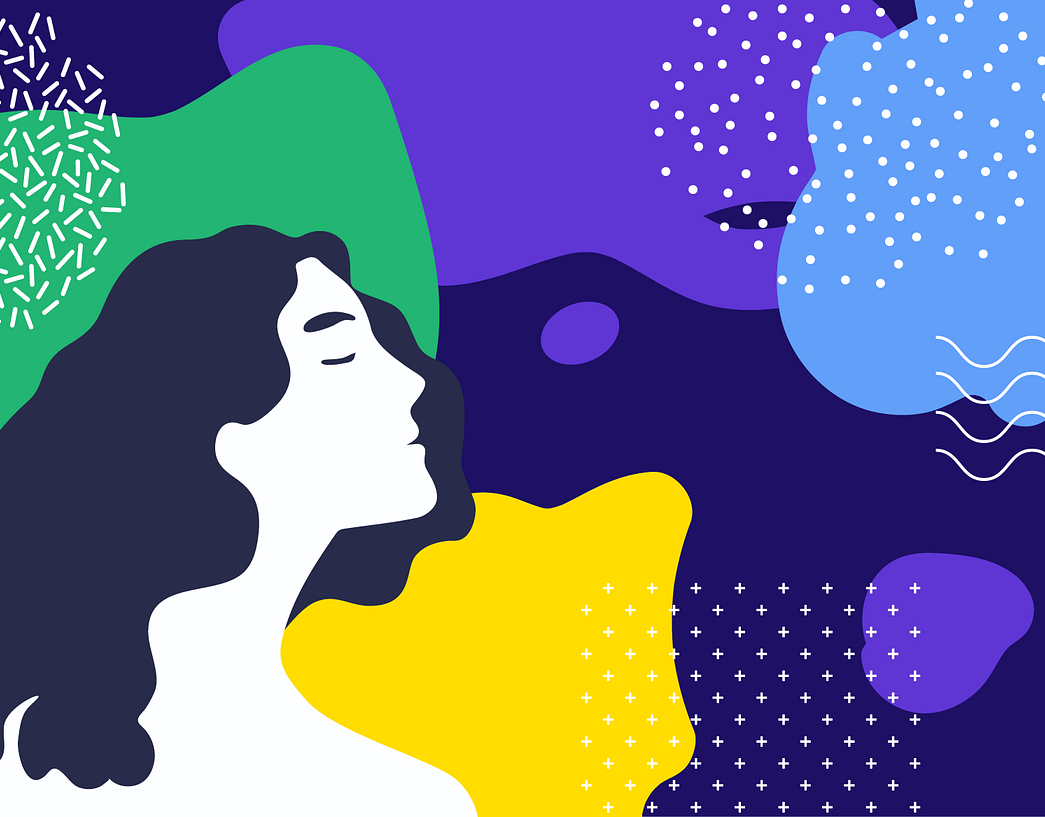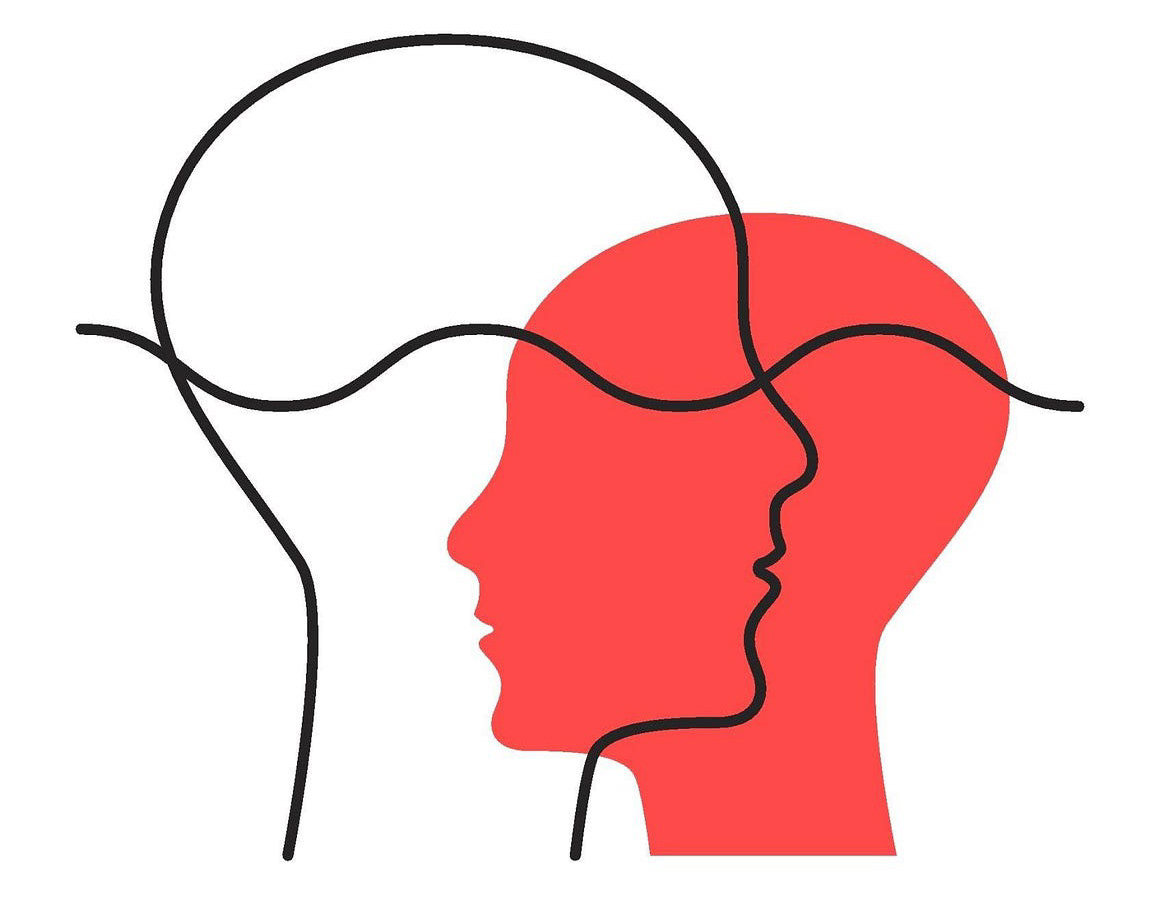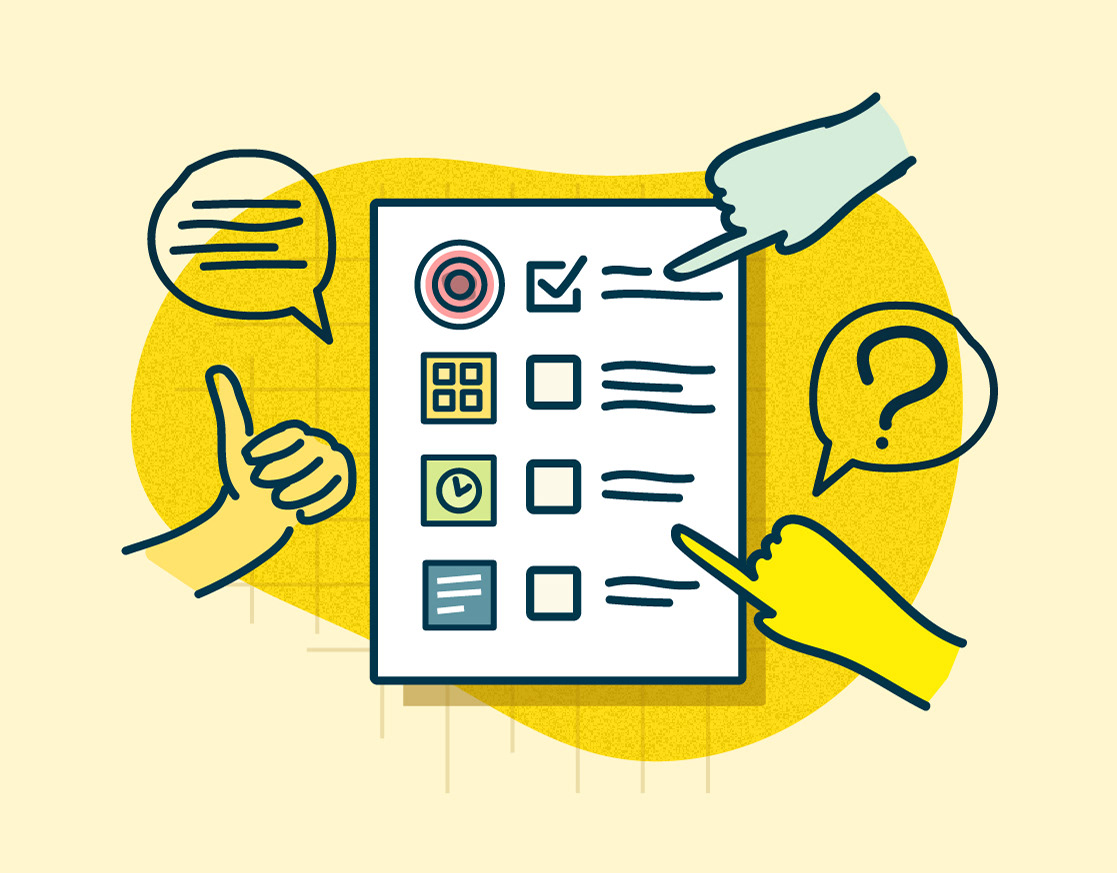In the ever-evolving landscape of user experience (UX) design, one intriguing area that has gained significant attention is neurodesign – the art of integrating principles from cognitive psychology and brain science into the design process. This article delves into the symbiotic relationship between neurodesign and UX, showcasing how insights from cognitive science can be harnessed to craft user-centric experiences that resonate at a neural level. We will explore real-life examples that demonstrate the power of neurodesign in shaping exceptional UX.
The Brain-UX Connection:
Neurodesign acknowledges the intricate link between human cognition and user experience. By understanding how the brain processes information, perceives aesthetics, and responds to stimuli, designers can optimize their creations to cater to innate cognitive processes. This union of disciplines unveils the potential to create interfaces that not only look good but also feel intuitive and engaging.
Neurodesign acknowledges the intricate link between human cognition and user experience. By understanding how the brain processes information, perceives aesthetics, and responds to stimuli, designers can optimize their creations to cater to innate cognitive processes. This union of disciplines unveils the potential to create interfaces that not only look good but also feel intuitive and engaging.
Principles in Practice:
1. Visual Hierarchy and Attention:
Drawing inspiration from cognitive psychology, we recognize that our brains naturally prioritize information based on visual hierarchy. This principle can be applied to UX design by strategically placing essential elements in prime visual locations. Take the example of Apple's iOS interface, where the placement of icons and the clean layout adheres to visual hierarchy, ensuring a seamless user interaction.
1. Visual Hierarchy and Attention:
Drawing inspiration from cognitive psychology, we recognize that our brains naturally prioritize information based on visual hierarchy. This principle can be applied to UX design by strategically placing essential elements in prime visual locations. Take the example of Apple's iOS interface, where the placement of icons and the clean layout adheres to visual hierarchy, ensuring a seamless user interaction.
2. Color Psychology:
Colors evoke emotions and influence user behavior. By incorporating color psychology insights, designers can evoke desired feelings in users. Facebook's "Like" button is a prime instance – the warm blue color used triggers positive emotions, encouraging users to engage with content.
Colors evoke emotions and influence user behavior. By incorporating color psychology insights, designers can evoke desired feelings in users. Facebook's "Like" button is a prime instance – the warm blue color used triggers positive emotions, encouraging users to engage with content.
3. Cognitive Load Reduction:
Cognitive science teaches us that our brains have limited processing capacity. Applying this knowledge, UX designers aim to minimize cognitive load by simplifying interfaces. Google's search engine interface exemplifies this approach – a clean, uncluttered design directs the user's attention to the task at hand without overwhelming cognitive resources.
Cognitive science teaches us that our brains have limited processing capacity. Applying this knowledge, UX designers aim to minimize cognitive load by simplifying interfaces. Google's search engine interface exemplifies this approach – a clean, uncluttered design directs the user's attention to the task at hand without overwhelming cognitive resources.
4. Storytelling and Emotional Engagement:
Neuroscience demonstrates that narratives trigger emotions and enhance memory retention. UX designers integrate storytelling techniques to create emotional connections. Airbnb's homepage, with its compelling narratives about unique stays, taps into users' emotions, enhancing engagement and conversion rates.
Neuroscience demonstrates that narratives trigger emotions and enhance memory retention. UX designers integrate storytelling techniques to create emotional connections. Airbnb's homepage, with its compelling narratives about unique stays, taps into users' emotions, enhancing engagement and conversion rates.
5. Feedback and Reward Systems:
Our brain's reward centers respond to positive feedback. In UX, incorporating instant feedback mechanisms akin to a "reward" can reinforce user actions. The gamification approach used by Duolingo, where users earn points and rewards for language learning progress, capitalizes on this neurological response to encourage consistent app usage.
Our brain's reward centers respond to positive feedback. In UX, incorporating instant feedback mechanisms akin to a "reward" can reinforce user actions. The gamification approach used by Duolingo, where users earn points and rewards for language learning progress, capitalizes on this neurological response to encourage consistent app usage.
Real-Life Success Stories:
- Spotify: By leveraging neuroscience principles of anticipation and familiarity, Spotify's personalized playlists anticipate users' music preferences based on their listening history. This approach keeps users engaged by offering what feels like a tailored musical journey.
- Spotify: By leveraging neuroscience principles of anticipation and familiarity, Spotify's personalized playlists anticipate users' music preferences based on their listening history. This approach keeps users engaged by offering what feels like a tailored musical journey.
- Amazon: The one-click purchase option on Amazon capitalizes on the brain's desire for instant gratification. The seamless checkout process satisfies the brain's impulsive tendencies, resulting in increased sales and user satisfaction.
Future Frontiers:
The journey of neurodesign and UX is far from over. As technology evolves and our understanding of cognitive processes deepens, the potential for innovation becomes boundless. Here are some exciting avenues that this intersection is likely to explore:
1. Brain-Computer Interfaces (BCIs):
The emergence of BCIs opens doors to direct brain-computer communication. Imagine a future where UX designers can create interfaces that respond to users' thoughts, making interactions more seamless and personalized.
The emergence of BCIs opens doors to direct brain-computer communication. Imagine a future where UX designers can create interfaces that respond to users' thoughts, making interactions more seamless and personalized.
2. Emotional AI:
Advances in artificial intelligence and emotional recognition could lead to interfaces that adapt in real-time based on users' emotional states. These interfaces would not only respond to user inputs but also sense and cater to their emotions, enhancing the overall user experience.
Advances in artificial intelligence and emotional recognition could lead to interfaces that adapt in real-time based on users' emotional states. These interfaces would not only respond to user inputs but also sense and cater to their emotions, enhancing the overall user experience.
3. Neurofeedback for User Engagement:
Neurofeedback technology allows users to see their brain activity in real-time. This could be harnessed to design interfaces that respond to users' brain signals, enabling a new level of interaction and engagement.
Neurofeedback technology allows users to see their brain activity in real-time. This could be harnessed to design interfaces that respond to users' brain signals, enabling a new level of interaction and engagement.
4. Ethical Considerations:
As we harness the power of neuroscience for design, ethical considerations become paramount. Striking a balance between utilizing neural insights for enhanced experiences and respecting user privacy and autonomy will be a challenge designers must address.
As we harness the power of neuroscience for design, ethical considerations become paramount. Striking a balance between utilizing neural insights for enhanced experiences and respecting user privacy and autonomy will be a challenge designers must address.
To sum it up, Neurodesign stands as a testament to the dynamic and interdisciplinary nature of UX design. By merging cognitive science with design principles, we elevate the art of user experience to new heights. As we continue to unveil the mysteries of the human brain, the impact of neurodesign on UX will only intensify. From personalized interfaces to emotionally resonant experiences, the future holds a tapestry of possibilities that merge the intricacies of our cognition with the canvas of digital design.
In the end, neurodesign is a journey that embraces both the artistic and scientific facets of our human experience. It bridges the gap between what our brains instinctively seek and what technology can provide. As we embark on this journey, we not only transform the landscape of design but also create experiences that touch users at a fundamental level – experiences that are not just intuitive but also deeply human.
In a world where technology continues to blur the lines between the virtual and the real, neurodesign is a compass guiding us toward the creation of experiences that are not just beautiful and functional, but also profoundly meaningful. Through the lens of cognitive science and brain insights, UX designers are charting a course toward a future where every interaction sparks a connection, leaving an indelible mark on the canvas of the mind.






